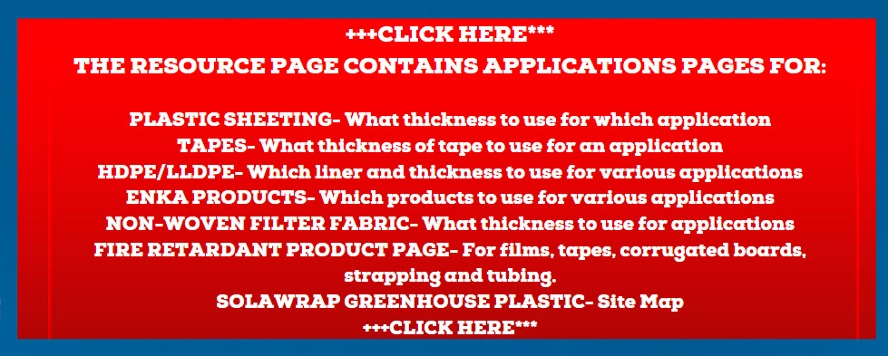The transportation industry serves as the lifeline of nations, connecting communities, facilitating commerce, and driving economic growth. Within this dynamic sector, the importance of stable and reliable infrastructure cannot be overstated. One critical aspect that underpins the integrity of transportation projects is soil stabilization—a foundational practice essential for constructing robust and enduring roads, highways, and related structures.
Why Soil Stabilization Matters in Transportation:
**1. Foundation Strength:
- Essential Base: Roads and highways are the arteries of transportation. Soil stabilization ensures a robust foundation, mitigating the risk of subsidence and enhancing the overall strength of the roadway.
- Durability Boost: Stable soil conditions contribute to extended road lifespan, reducing maintenance needs and enhancing the resilience of transportation networks.
**2. Preventing Erosion:
- Slope Stability: Transportation infrastructure often traverses diverse terrains. Soil stabilization prevents erosion on slopes, ensuring that embankments remain intact and roadways stay secure.
- Reduced Maintenance: Erosion control measures contribute to reduced maintenance requirements, promoting cost-effectiveness and minimizing disruptions to transportation services.
**3. Load-Bearing Support:
- Supporting Heavy Loads: Roads and bridges face constant stress from heavy vehicles. Soil stabilization enhances load-bearing capacity, providing critical support for transportation structures and preventing premature failure.
- Safety Assurance: Improved load-bearing capabilities contribute to the safety of transportation infrastructure, minimizing the risk of structural failures and accidents.
**4. Climate Resilience:
- Weather Challenges: Transportation networks are exposed to varying weather conditions. Stabilized soil mitigates the impact of weather-related challenges, such as freeze-thaw cycles, ensuring infrastructure remains resilient.
- Year-Round Reliability: Climate-resilient soil stabilization measures enable year-round reliability of transportation routes, preventing disruptions due to adverse weather.
**5. Cost-Effective Solutions:
- Long-Term Savings: Investing in soil stabilization yields long-term cost savings by reducing the need for frequent repairs and maintenance. This is particularly crucial for transportation authorities working within budget constraints.
- Efficient Resource Allocation: By implementing cost-effective stabilization practices, transportation agencies can allocate resources efficiently, directing funds toward new projects and infrastructure improvements.
Methods of Soil Stabilization in Transportation:
**1. EnkaRetain and Drain:
- Stabilizing Slopes: EnkaRetain and Drain offer a three-dimensional system ideal for stabilizing slopes along transportation routes. This method prevents soil erosion, ensuring the integrity of embankments.
- Versatility: The versatility of EnkaRetain and Drain makes it suitable for various transportation applications, from road embankments to retaining walls.
**2. EnviroGrid Geocell:
- Base Reinforcement: EnviroGrid Geocell reinforces base materials beneath roadways, providing stabilization and preventing the settlement of foundation layers.
- Load Distribution: The geocell structure distributes loads uniformly, preventing localized stress points and enhancing the overall stability of transportation foundations.
Benefits of Soil Stabilization in Transportation:
**1. Extended Infrastructure Lifespan:
- Durable Foundations: Soil stabilization contributes to durable foundations, resulting in an extended lifespan for transportation infrastructure.
- Reduced Degradation: The practice minimizes the impact of wear and tear, ensuring that roads and highways withstand the rigors of heavy traffic and environmental stressors.
**2. Operational Efficiency:
- Minimized Downtime: Stable transportation infrastructure requires less frequent maintenance, minimizing downtime and disruptions to traffic flow.
- Consistent Service: Operational efficiency is enhanced as stabilized roads and bridges offer consistent service, meeting the demands of a growing and mobile society.
**3. Environmental Conservation:
- Preventing Runoff Contamination: Soil stabilization prevents soil erosion and runoff, protecting nearby water bodies from contamination.
- Green Practices: Incorporating environmentally friendly stabilization methods aligns with sustainable practices, promoting the responsible development of transportation networks.
**4. Safety Enhancement:
- Structural Integrity: Stable soil conditions contribute to the structural integrity of transportation infrastructure, reducing the risk of accidents and ensuring the safety of road users.
- Smooth Surfaces: Well-stabilized roads provide smooth driving surfaces, enhancing vehicle control and reducing the likelihood of accidents.
Conclusion: Navigating Toward Stability in Transportation:
Soil stabilization emerges as a linchpin in the realm of transportation infrastructure, offering a pathway to enhanced durability, safety, and operational efficiency. As we traverse into a future of evolving mobility, the significance of stable soil foundations cannot be overstated. By prioritizing soil stabilization practices, transportation authorities pave the way for resilient, reliable, and sustainable networks that form the backbone of global connectivity.







